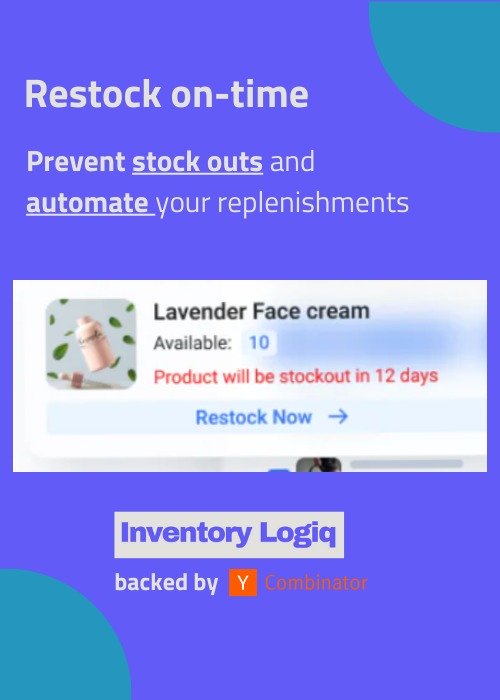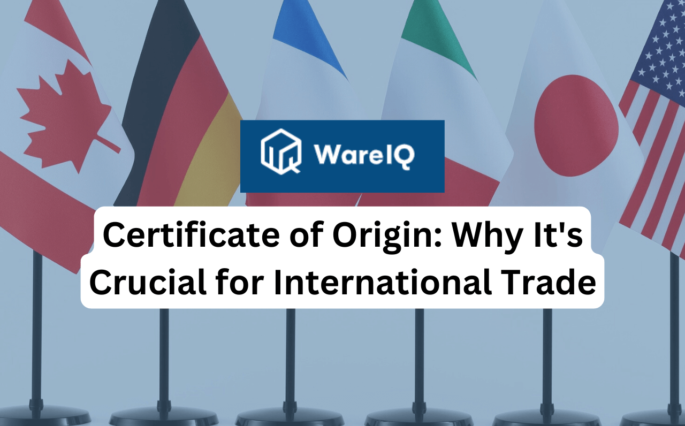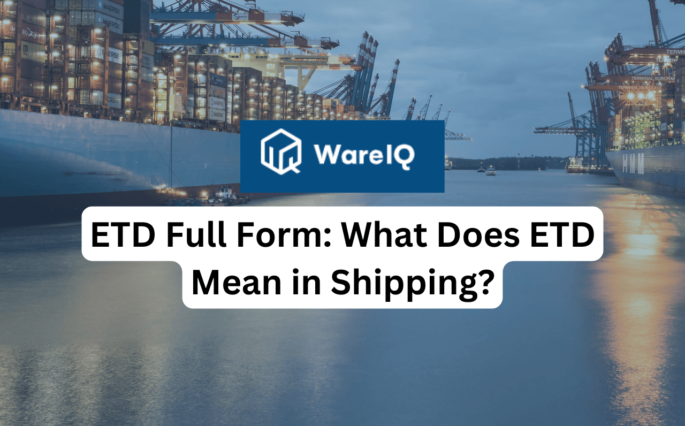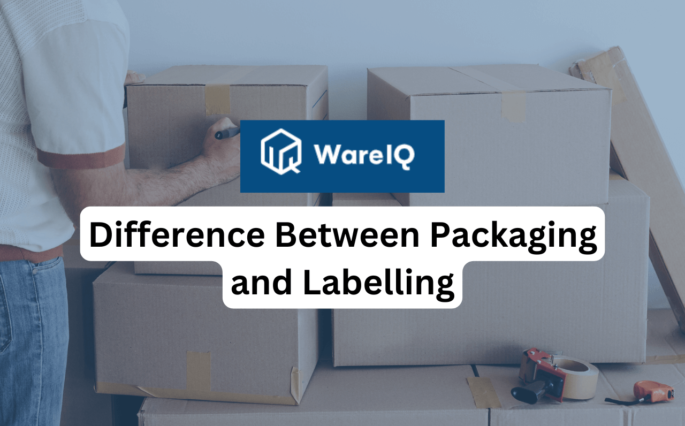What Is 4PL Logistics and How Does It Revolutionise E-Commerce Operations?
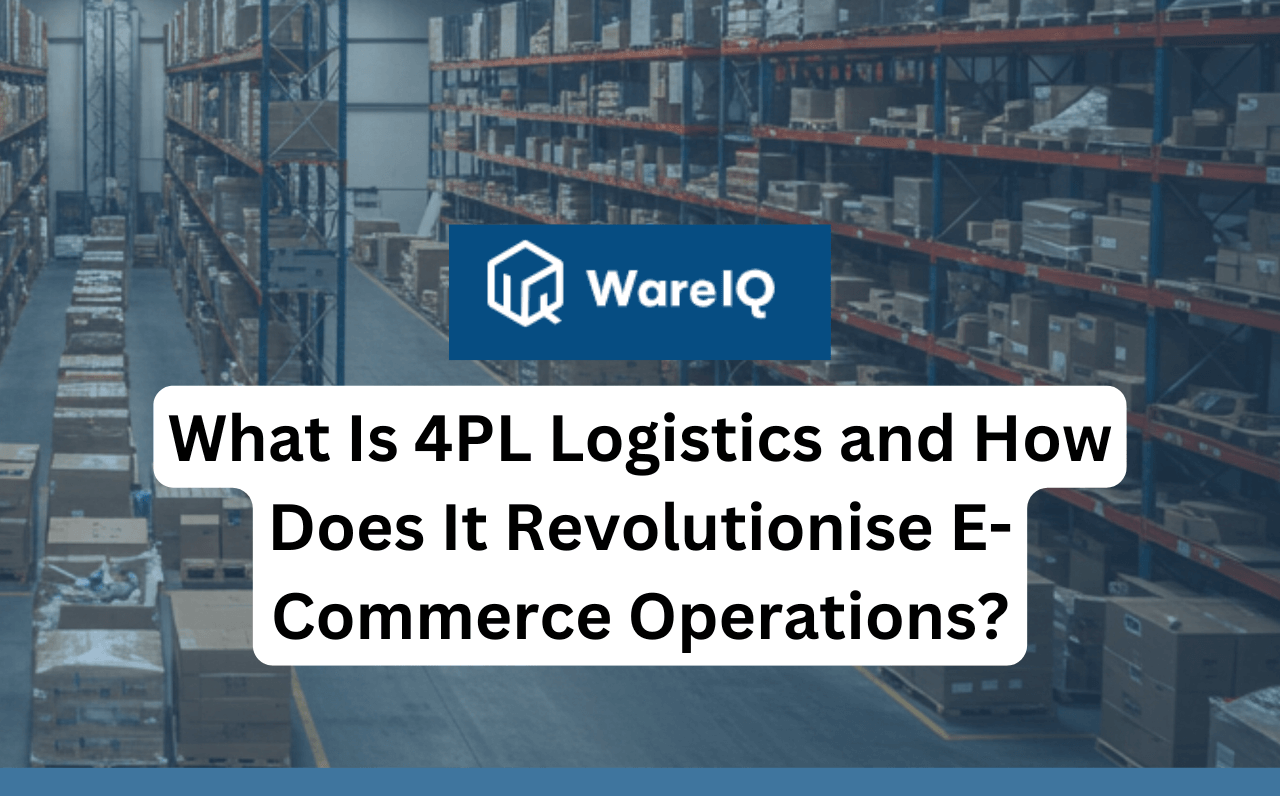
India’s e-commerce industry is growing rapidly, where speed, accuracy, and customer satisfaction are essential for success. In such a fast-moving market, managing a complex supply chain can be very challenging. This is where fourth-party logistics, or 4PL, plays a key role. It allows a business to hand over its entire supply chain management to one expert partner. This approach helps businesses focus more on growth while improving efficiency and customer experience.
This article explains what 4PL logistics means and how it works. It also highlights its benefits, shows examples, and explains how platforms like WareIQ are using it to improve Indian e-commerce. This guide is helpful for D2C brands, small and medium businesses, and exporters who want to succeed in India’s digital market.
Understanding 4PL Logistics
To understand the advantages of this model, it is helpful to start by defining what 4PL logistics means.
What Is 4PL Logistics?
Fourth-party logistics, or 4PL, is a model where a business outsources its entire supply chain to one external provider. This provider handles every part of logistics, such as sourcing, warehousing, shipping, delivery, and returns. The 4PL acts as a strategic partner and takes full responsibility for planning, managing, and improving the supply chain.
In comparison, third-party logistics (3PL) only manages specific parts like warehousing or transportation. In India, where logistics costs make up about 14% of the GDP, 4PL offers a complete solution. It connects suppliers, delivery partners, and technology platforms to ensure smooth and efficient operations. For example, a D2C fashion brand could use a 4PL to manage everything from fabric sourcing in Surat to doorstep delivery in Delhi.
How 4PL Differs from Other Logistics Models?
To fully understand how 4PL is different, it is important to compare it with other logistics models, such as 1PL to 5PL. Each model has its scope and complexity. In India’s e-commerce sector, where growth and scalability are crucial, 4PL offers a strong advantage. Let us explore each model in simple terms.
1PL (First-Party Logistics)
First-party logistics means the business handles its logistics without outside help. For example, a farmer delivering vegetables directly to a local shop is using 1PL.
This model is simple but cannot support large-scale or fast delivery requirements. In India, where e-commerce serves more than 27,000 pin codes, 1PL does not have the needed infrastructure. Growing businesses need to move to more advanced logistics models.
2PL (Second-Party Logistics)
Second-party logistics means hiring a transportation provider to move goods. For example, a trucking company delivering items from a warehouse to a retail store is a 2PL provider.
Although it helps with basic transport, it does not manage inventory or overall supply chain processes. For Indian e-commerce businesses, which need smooth inventory management and last-mile delivery, 2PL is often not enough.
3PL (Third-Party Logistics)
Third-party logistics companies manage specific logistics tasks, such as warehousing or delivering orders to customers. For example, Delhivery delivers packages for Myntra, but it does not manage the full supply chain.
3PL is useful for many businesses, as it helps them scale without managing logistics on their own. However, since 3PLs focus on individual tasks, they may not coordinate everything efficiently, especially in India’s diverse and fragmented logistics environment.
4PL (Fourth-Party Logistics)
Fourth-party logistics providers manage the entire supply chain as a single contact point. They bring together 3PLs, suppliers, and technology to handle all logistics operations, including sourcing, warehousing, delivery, and returns.
For example, a 4PL might manage Flipkart’s logistics from inventory storage in Bengaluru to customer deliveries in cities like Nagpur. In India, where most customers expect delivery within two to three days, the strategic control of 4PL brings better results and helps brands scale quickly.
5PL (Fifth-Party Logistics)
Fifth-party logistics providers manage multiple supply chains across different businesses. They use advanced technology and data to handle complex operations and networks.
5PL is mostly used by large global companies. In India, it is not yet common, as most businesses need simple and cost-effective solutions. 4PL is more practical and suitable for Indian e-commerce needs.
Benefits of 4PL Logistics for E-Commerce
Fourth-party logistics is transforming supply chain management in India. It allows businesses to manage complex operations more easily and grow with confidence. Below are some of the main benefits of using a 4PL model in Indian e-commerce.
a) Streamlined Operations for Maximum Efficiency
A 4PL provider combines all logistics functions into one system. This removes confusion and delays while improving overall efficiency.
For instance, a D2C skincare brand like Minimalist can leverage a 4PL to connect suppliers in regions like Himachal Pradesh with urban warehouses in Mumbai. By coordinating 3PLs and carriers, the 4PL ensures faster inventory turnover and reduces transit delays, enabling the brand to focus on innovation and product development. Industry trends suggest that such integration can significantly lower logistics overhead, allowing brands to reinvest savings into marketing or expanding their product lines, as seen with similar D2C players in India’s growing beauty market.
b) Agile Scaling for Festive and Global Growth
A 4PL helps businesses scale up quickly during festive seasons or when expanding to new markets. This ensures smooth operations even when demand increases.
For example, a 4PL provider enabled Voylla, a Bengaluru-based D2C jewellery brand, to efficiently manage a significant order surge during the 2023 festive season by coordinating 3PLs and carriers across thousands of pin codes in India. The 4PL’s integrated network also facilitated Voylla’s export operations to markets like the UAE, supporting seamless international logistics without requiring additional in-house infrastructure.
c) Strategic Insights Through Advanced Analytics
4PL providers use data analytics to predict demand, manage inventory, and improve decision-making.
With India’s luxury e-commerce market growing rapidly, precise inventory management is crucial to meet demand without overstocking. Tata CLiQ Luxury, which reported a 30% revenue increase in fiscal 2025, with 55% of sales from non-metro markets like Jaipur and Lucknow, benefits from sophisticated supply chain strategies to support its expansion into categories like Indie Luxe and fragrances.
When to Choose 4PL Logistics?
The 4PL model is ideal for Indian businesses in the following situations:
- Complex Supply Chains: Businesses with many suppliers and delivery partners benefit from a single 4PL manager.
- Business Expansion: If a brand is growing into Tier-II and Tier-III cities such as Patna, 4PL helps manage new logistics challenges.
- High Customer Expectations: When businesses need to offer fast delivery, like BigBasket, 4PL ensures better speed and accuracy.
- International Trade: Exporters, such as textile companies in Tamil Nadu, rely on 4PLs to manage global shipping and compliance.
How WareIQ Enhances 4PL Logistics for E-Commerce?
To make the most of 4PL logistics, Indian businesses need a partner that offers both strategy and technology. WareIQ is a fulfilment platform backed by Y Combinator that provides full 4PL solutions for e-commerce.
- End-to-End Management: WareIQ handles everything from sourcing to delivery across 12 cities and 27,000+ pin codes.
- AI-Based Inventory Planning: Inventory LogIQ reduces out-of-stock issues by 15 per cent and ensures 90 per cent availability during festivals.
- Technology Integration: Easily connects with Shopify, Amazon, and Flipkart, reducing errors by 20 per cent through warehouse and ERP systems.
- Live Tracking: GPS-enabled dashboards help manage delays and maintain on-time deliveries, as seen with Nykaa’s 90 per cent success rate.
- Smart Last-Mile Delivery: AI-driven delivery routes reduce traffic delays and lower costs by 18 per cent, especially in cities like Mumbai.
Also check – Difference Between 3PL and 4PL Logistics
Wrapping Up
Fourth-party logistics is changing the face of Indian e-commerce. By outsourcing all supply chain functions to one expert provider, businesses can achieve better efficiency, faster growth, and higher customer satisfaction. From large platforms like Amazon India to growing D2C brands in Tier-II cities, 4PL is helping companies deliver better results.
With solutions like those from WareIQ, Indian businesses can manage their supply chains more effectively and focus on innovation and customer experience. Now is the time to adopt 4PL logistics and lead the next wave of growth in the online retail space.
Suggested – Is WareIQ a 3PL or 4PL, or Something Else? The Truth About Our Fulfillment Model
FAQs About 4PL Logistics
What is 4PL logistics?
4PL logistics is a model where a business outsources its entire supply chain management to one provider, who manages everything from sourcing to delivery and returns.
How is 4PL different from 3PL?
A 3PL provider handles only specific tasks like warehousing or delivery, while a 4PL takes full control of the entire supply chain, acting as the main point of contact.
What are the benefits of 4PL in e-commerce?
4PL helps reduce logistics costs, scale operations easily, improve customer satisfaction, and provide useful data insights.
Are there examples of 4PL logistics in India?
Yes, Amazon India uses a 4PL to manage deliveries across 27,000+ pin codes. Myntra also uses a 4PL for smart, AI-based order fulfilment.




